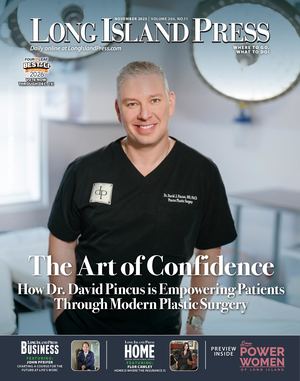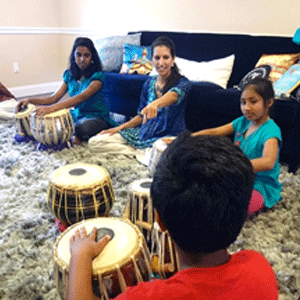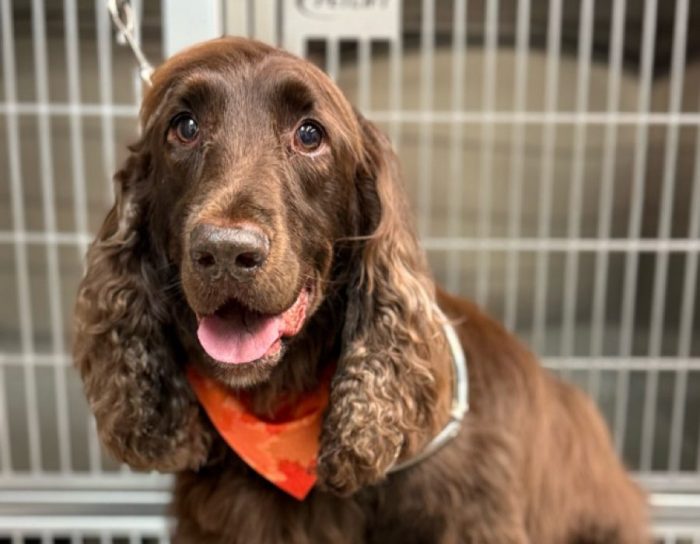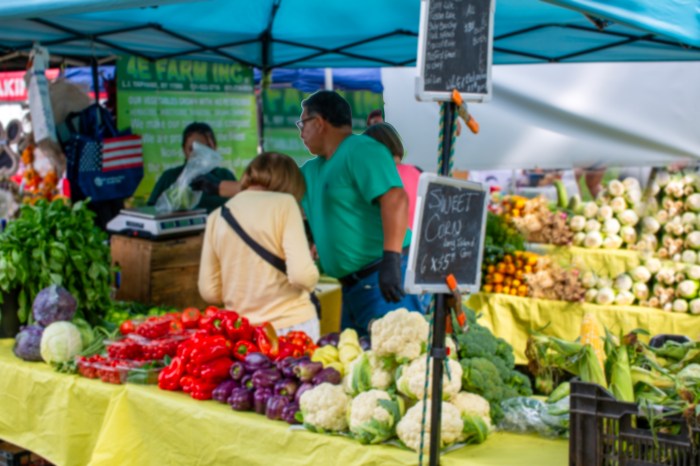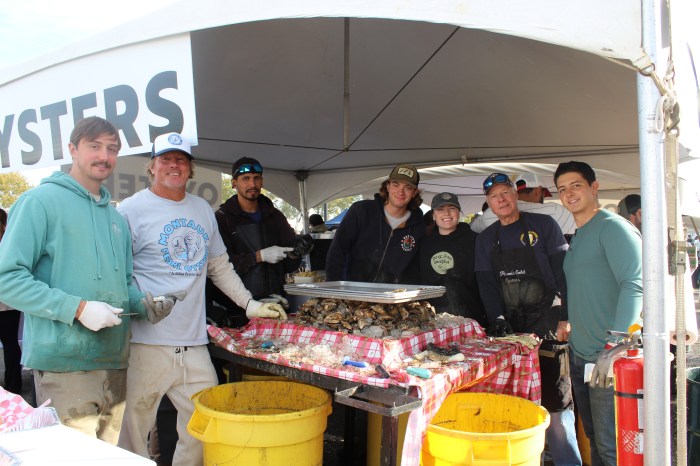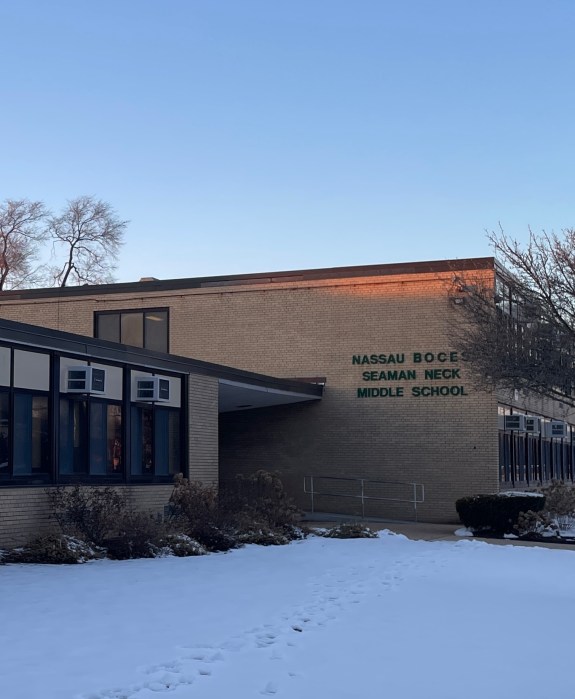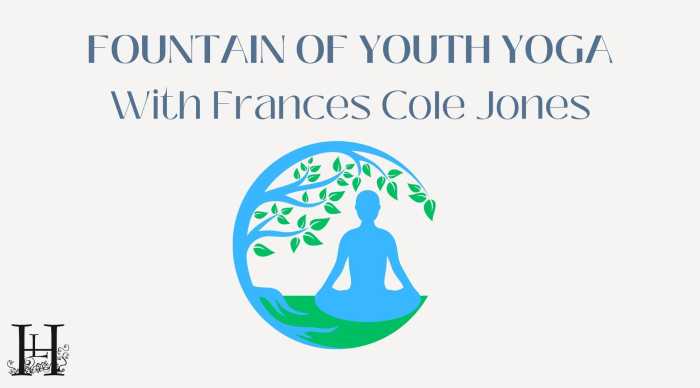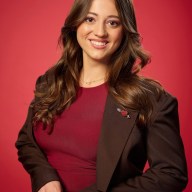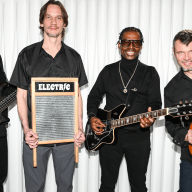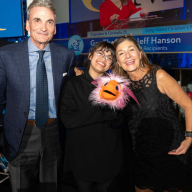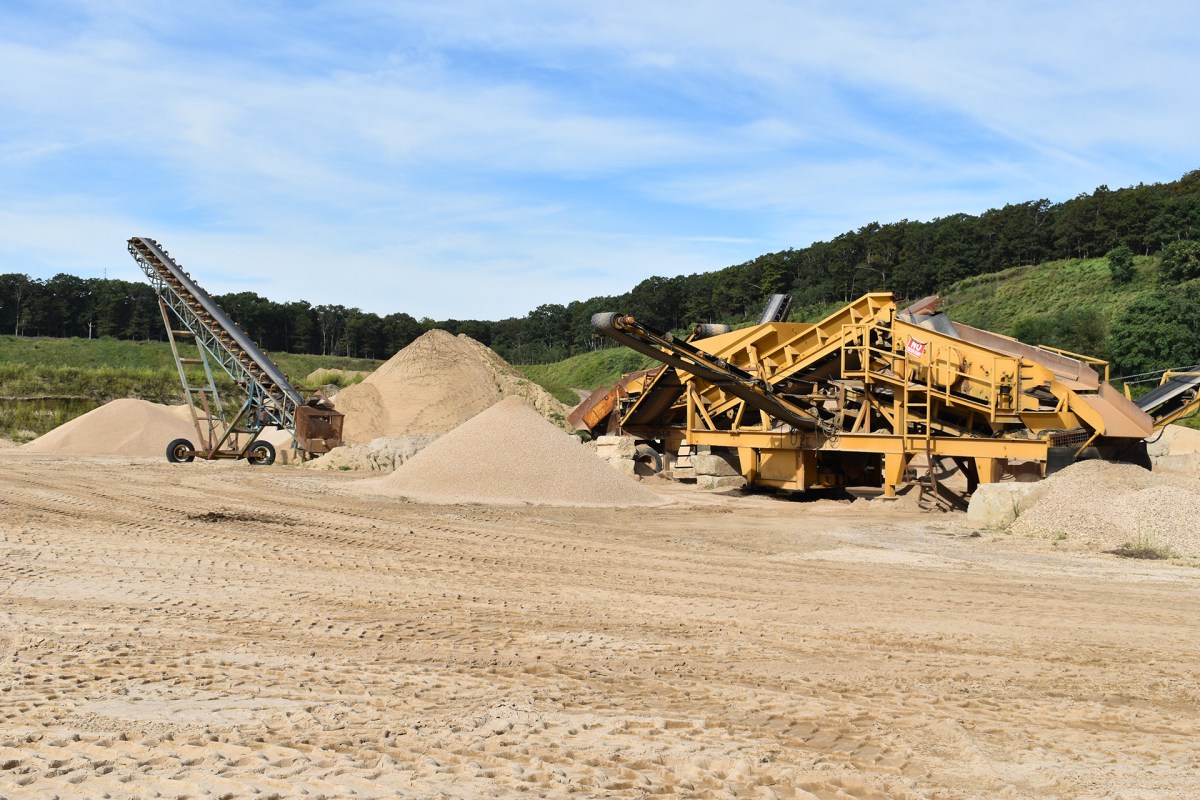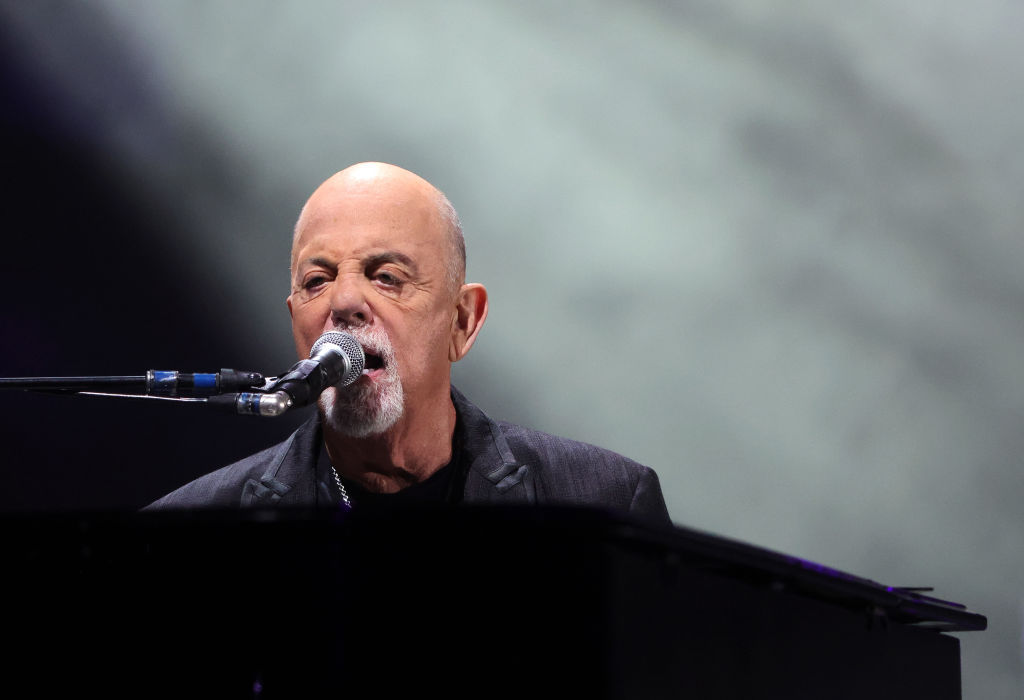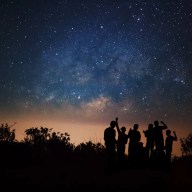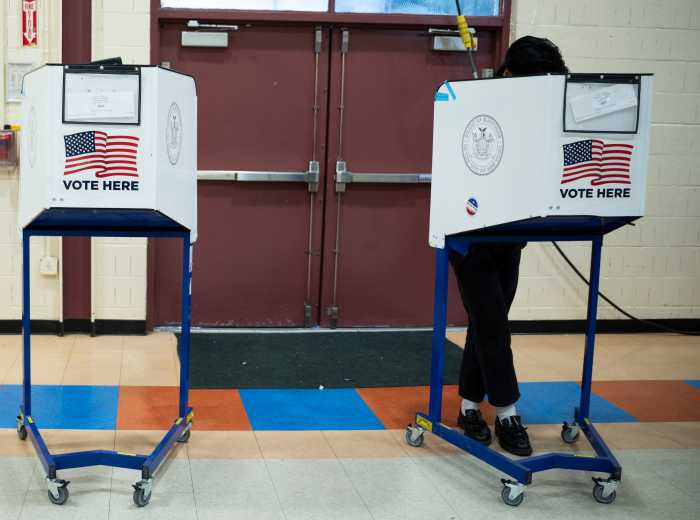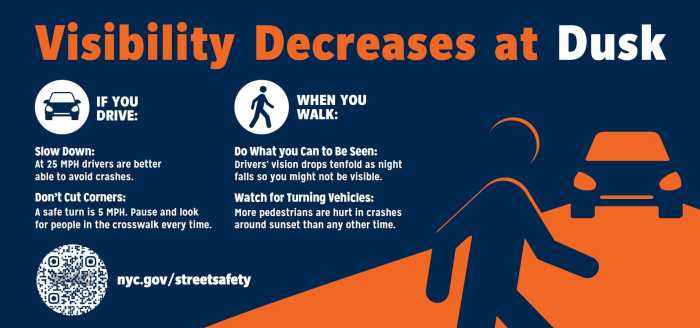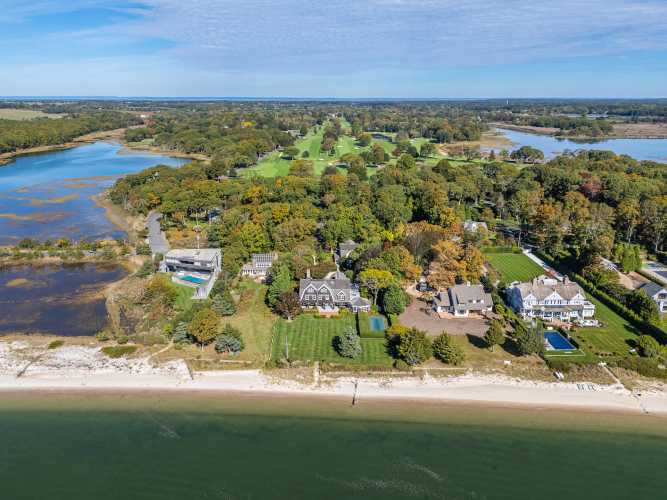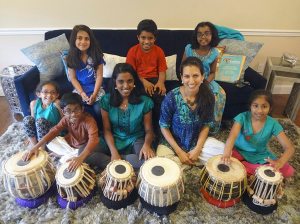
Taalim School of Indian Music recently made headway into the Syosset area for the first time recently, spreading the creativity and uniqueness of Indian culture to the community—but with a cultural twist added to its traditional formula.
The Taalim School specializes in the tabla, a pair of hand drums played in unison, which is the main percussion instrument of India according to Sejal Kukadia, a co-founder and teacher at the school, who’s been playing it for the past 18 years.
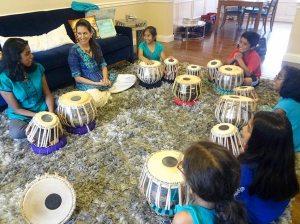 “It’s a very classical instrument and it’s very popular in India just as the guitar or the piano is popular in the United States,” she said. “It’s actually growing in popularity in the U.S. in a very big way.”
“It’s a very classical instrument and it’s very popular in India just as the guitar or the piano is popular in the United States,” she said. “It’s actually growing in popularity in the U.S. in a very big way.”
The main branch of the Taalim School is located in Edison, New Jersey. Started in 2002 by Kukadia, a fellow student, and their teacher, the school grew quickly and branched out to other cities. Kukadia eventually moved and settled in New Hyde Park, where she continued to teach the tabla throughout Long Island and Manhattan.
The Taalim School recently held its first-ever class in Syosset, due to overwhelming demand from the community. For the time being Kukadia will be holding group lessons out of a student’s house to test the waters, but if business continues to increase, she said she will eventually entertain the idea of setting up a physical location for The Taalim School in the Syosset area.
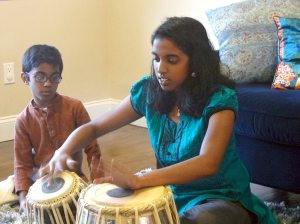 The tabla was introduced into the popular culture of the United States back in the 1960s by Indian musician Ravi Shankar, a famed player of a stringed instrument called a sitar who regularly utilized a tabla player as an accompaniment. His exposure to American audiences via performances at Woodstock and with The Beatles drove public interest in Indian classical music during that time period, Kukadia said.
The tabla was introduced into the popular culture of the United States back in the 1960s by Indian musician Ravi Shankar, a famed player of a stringed instrument called a sitar who regularly utilized a tabla player as an accompaniment. His exposure to American audiences via performances at Woodstock and with The Beatles drove public interest in Indian classical music during that time period, Kukadia said.
“Today, I would say that it’s growing in popularity,” she said. “The tabla is such a versatile instrument. It’s played in Indian music, but it’s also crossed over into other genres. I myself play the tabla in a fusion group with guitar, violin and cello players. I’m the only Indian artist in that group, and the tabla fits in so nicely.”
To the uninitiated, the tabla may look simply like a set of glorified bongos, but according to Kukadia, in reality it’s a highly complex instrument capable of a vast array of sounds.
“The fingering is very intricate. Each and every finger has a specific spot on the tabla and there’s speed involved in the instrument,” she said. “The sound is what also sets it apart. With most other percussive instruments, you hit with sticks, but with the tabla you have to make the sounds with your own fingertips. The tone, the volume you produce on your tabla is very intricate and very individualized.”
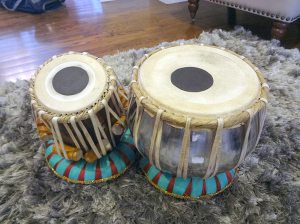 Traditionally, Kukadia noted, the tabla has been played by Indian males only, with the art typically passed down from father to son. With the recent emergence of female artists learning, playing and teaching the tabla to others, modern Indian music is clearly encountering a progressive crossing of the boundaries—both socially and culturally, she said.
Traditionally, Kukadia noted, the tabla has been played by Indian males only, with the art typically passed down from father to son. With the recent emergence of female artists learning, playing and teaching the tabla to others, modern Indian music is clearly encountering a progressive crossing of the boundaries—both socially and culturally, she said.
“Throughout history, male tabla players would only teach their sons or nephews, and they in turn would teach their sons. It was a very generational, a very male-dominated instrument. Meanwhile, Indian girls would learn sitar, dance or how to sing,” she said. “But if you look at our tabla class, it’s all little girls at our school. We have women teachers and non-Indian male teachers and I think that it’s so interesting that we’re spreading this music to everyone and transcending boundaries. Women are taking up the tabla and we’re breaking down those barriers.”
While the Taalim School of Indian Music has focused exclusively on the tabla in the past, they have recently branched out to other instruments—such as keyboard guitar—as well as classical Indian dance, known as kathak.
Deepa Paulus of Floral Park is a long-time student of the Taalim School. She’s been learning the tubla since she was 11 and now at 18, she has advanced to the point that she assists Kukadia with her classes at times, such as that day’s class in Syosset.
“I’ve been listening to Indian music since I was a kid because my parents always listen to it and whenever the tabla would come on I would find myself moving my fingers. I took that as a sign that I should start learning,” she said. “I was really excited to be in a class with Sejal because she’s female and that made me more comfortable. I practice all the time now, because the tabla is a very demanding yet rewarding instrument to learn. It’s a life-long endeavor and I’m going to continue to keep playing it as long as I can.”
To find out more about The Taalim School of Indian Music, visit www.taalim.com.
